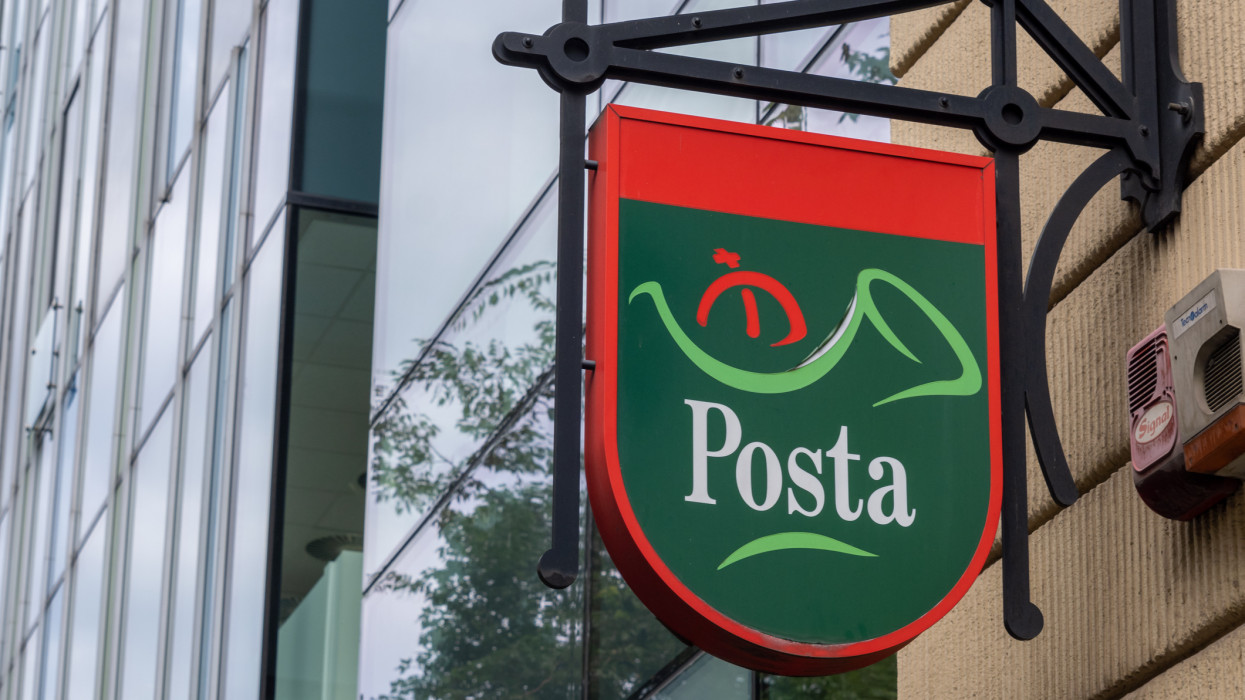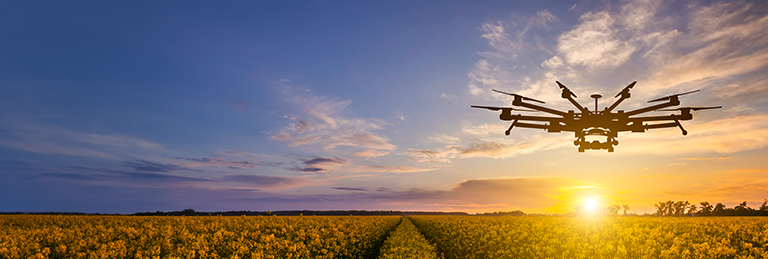Looking ahead to EnergyDecentral 2022, it is evident that photovoltaic systems are now more powerful than ever before and make use of the sunlight more effectively than was the case just a few years ago. Highly-efficient monocrystalline solar modules now have a bigger share of the global market than multicrystalline modules. One example of this is what are called PERC modules, which are also gaining increasing attention as part of roof-mounted systems in agriculture. This acronym stands for ‘Passivated Emitter and Rear Cell', a technology that increases the modules' efficiency to over 24 percent by reflecting part of the light that reaches the rear of the cell back into the cell.
Demand for solar systems is higher than ever before
The exhibitors at the trade fair grounds in Hanover that are specialised in planning, installing and maintaining both private and commercial photovoltaic (PV) systems are currently enjoying a growth market. In March 2022, 2.2 million photovoltaic systems with a total rated output of 58,400 megawatts were installed on roofs and properties in Germany. During the first quarter of the year, these enabled around 8.8 billion kilowatt hours of electricity generated from sunlight to be fed into the grid – 34.7 percent more than in the first quarter of 2021.
“The efficiency of modern solar modules has increased significantly over the past few years. Each kilowatt hour of electricity that owners of a photovoltaic system generate and consume themselves mean that they save money compared to drawing it from the grid,” confirms Marcus Vagt, Project Manager of the EnergyDecentral trade fair.
The trend is shifting away from the classic, pure solar system to a system which ensures that the solar electricity is used as efficiently as possible. “Whoever additionally invests in a battery storage system makes themselves less dependent on rising electricity prices in the long term,” adds Vagt. Consequently, the combination of a solar system and power storage system with an electric vehicles (EV) charger will be one of the trends on which the technology suppliers will be focusing in Hanover. “Such off-grid PV systems are becoming increasingly popular in commercial and agricultural sectors, not least because of the recent turbulence on the energy markets,” explains Vagt.
The PV technology is still based on silicon and the principle of the more solar cells, the more electricity the modules generate. Subdivision into half-cells offers a new approach. In this, the module is split into twin halves in which the solar cells are connected in series and segmented into multiple strings. Using the half-cell technology enables the solar yield to be increased by around two to three percent. This system's shadowing behaviour is also considerably better – if only half of the module is shadowed, the other half of the module continues to deliver its full output.
In tandem to new efficiency records
If more sunlight is to be converted into electricity, however, it is not sufficient to simply enlarge the surface of the solar modules. Above all, their efficiency has to be increased. Industry experts are all agreed on the fact that hardly any further increases in efficiency can be achieved with silicon alone. Due to their physical material properties, the theoretical limit of such modules is 29.3 percent. At present, great hopes are therefore being pinned on tandem cells (multi-junction solar cells), a technology that is also being investigated by a team at the Fraunhofer Institute for Solar Energy Systems ISE. Thanks to a new anti-reflective coating, the researchers from Freiburg have succeeded in increasing the efficiency of the best quadruple-junction solar cells so far from 46.1 to 47.6 percent.
What sounds like a small step is in fact a milestone, because there is currently no more efficient solar cell in the world. This involves an upper multi-junction solar cell consisting of gallium indium phosphide (GaInP) and aluminium gallium arsenide (AlGaAs) that has been bonded onto a lower multi-junction solar cell made of gallium indium arsenide phosphide (GaInAsP) and gallium indium arsenide (GaInAs). The solar cell layers have been equipped with improved contact layers and a four-layer anti-reflective coating. This leads to a reduction in resistance losses as well as reflection at the front side of the cell, which is sensitive in a broad spectral range from 300 to 1,780 nanometres. Conventional solar cells made of silicon only absorb the sunlight up to a wavelength of 1,200 nanometres and therefore do not require such a broadband anti-reflective coating. “The possible uses of such ultra-high-efficiency multi-junction solar cells include concentrator photovoltaic systems, which contribute to efficient energy generation in sunny countries. Tandem photovoltaics enables the limits of single solar cells to be consigned to the past and therefore ultimately the costs of solar power to be reduced,”says Prof. Stefan Glunz, Director of the Photovoltaics Research Division at Fraunhofer ISE.
A digital and intelligent future
The PV system of the future is digital and intelligent. AI-supported systems will enable the early detection and elimination of malfunctions as well as automatic yield optimisation in the future. A study conducted by the Helmholtz Institute Erlangen-Nuremberg has shown just how extensive the need for optimisation is. According to it, around eight percent of European solar modules are not running at full capacity. “Besides incorrectly adjusted or defective modules, environmental influences such as dust, pollen, bird droppings or high trees and grasses can also cause the systems to supply less electricity than they actually could,” explains Dr Claudia Buerhop-Lutz, a scientist at the Helmholtz Institute's Forschungszentrum Jülich (Jülich research centre) facility. Essentially, modern measurement technology is already able to track down modules that are faulty and not operating at full capacity by means of aerial thermographic analyses using drones, for example. However, these procedures are expensive and complex.
In the future, AI measuring instruments should be able to ascertain performance deficits directly on site from the solar modules' monitoring data, a goal that the researchers at the Helmholtz Institute are pursuing in the joint Dig4morE project. In this, they are aiming to detect performance deficits and defects early on with the aid of machine learning. Data from a total of eleven solar parks distributed throughout Europe are available for developing the algorithms. Depending on system type and environment, the solar modules are subject to different problem areas. “The factors that play a role in Hesse in central Germany are different to those on the west coast of Portugal, where strong winds cause the modules to vibrate,” explains Buerhop-Lutz. Initial results should be available towards the end of the year and can then be used to derive best-practice examples and recommendations for large-scale solar parks in order, for instance, to plan maintenance work and cleaning work economically.
Platform for trends within the PV industry
But that isn't the end of the road yet. In the future, the operator of a PV system will be able to predict electricity generation and electricity consumption exactly on the basis of big data analyses pertaining to weather conditions and consumption patterns. The AI will be able to optimally control energy storage system charging and discharge for various scenarios – sunny, cloudy or rainy days. The electricity yield can therefore be maximised in each scenario and the percentage available for self-consumption effectively increased. What else artificial intelligence has in store for solar energy can be seen from 15 to 18 November at EnergyDecentral when the technology providers present their products and services from the area of photovoltaics. The topics of floating PV, PV systems that float on water, and agrivoltaics, solar systems in combination with land that is used for agricultural purposes, will also be on show at the trade fair grounds in Hanover.








